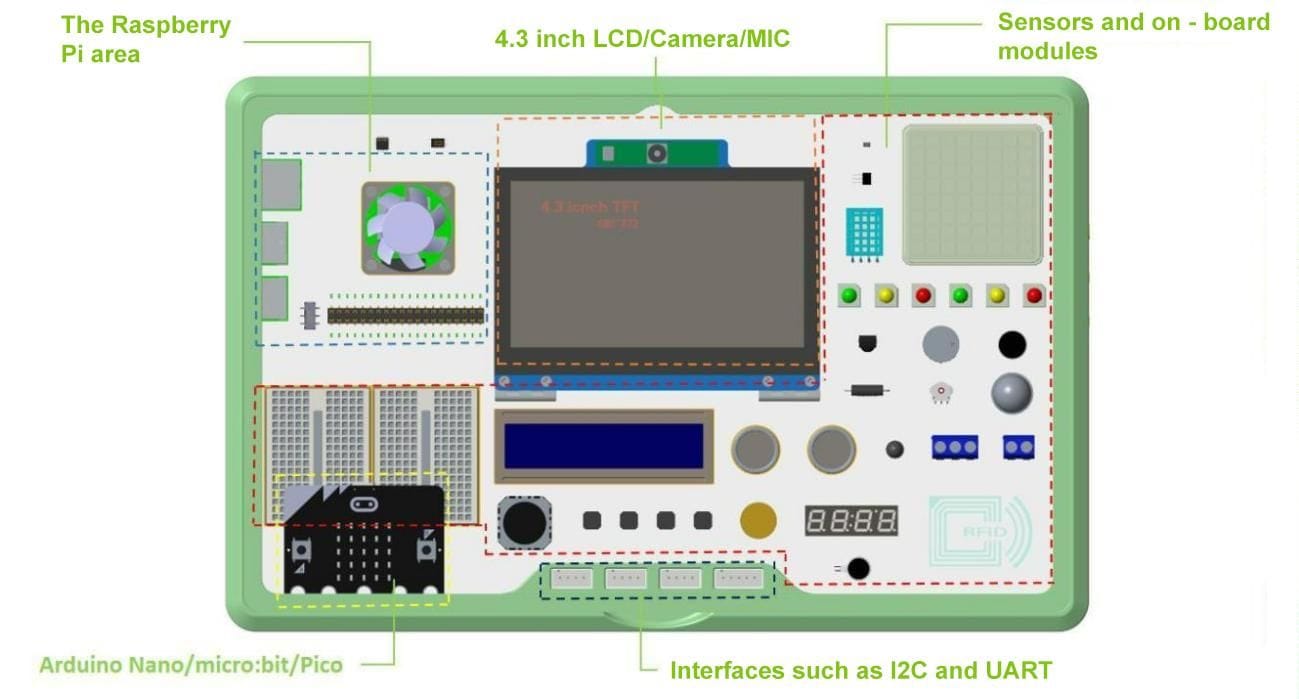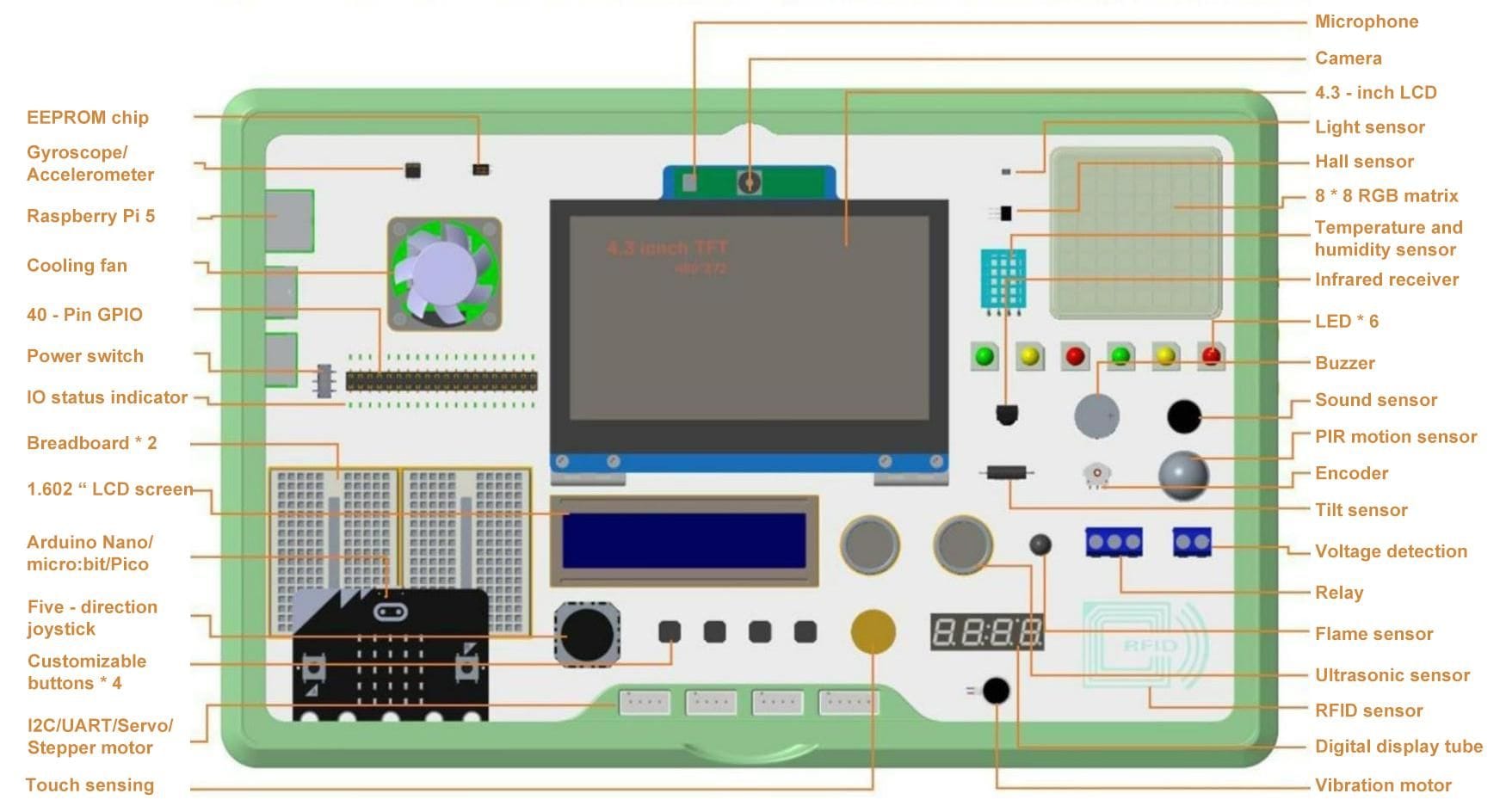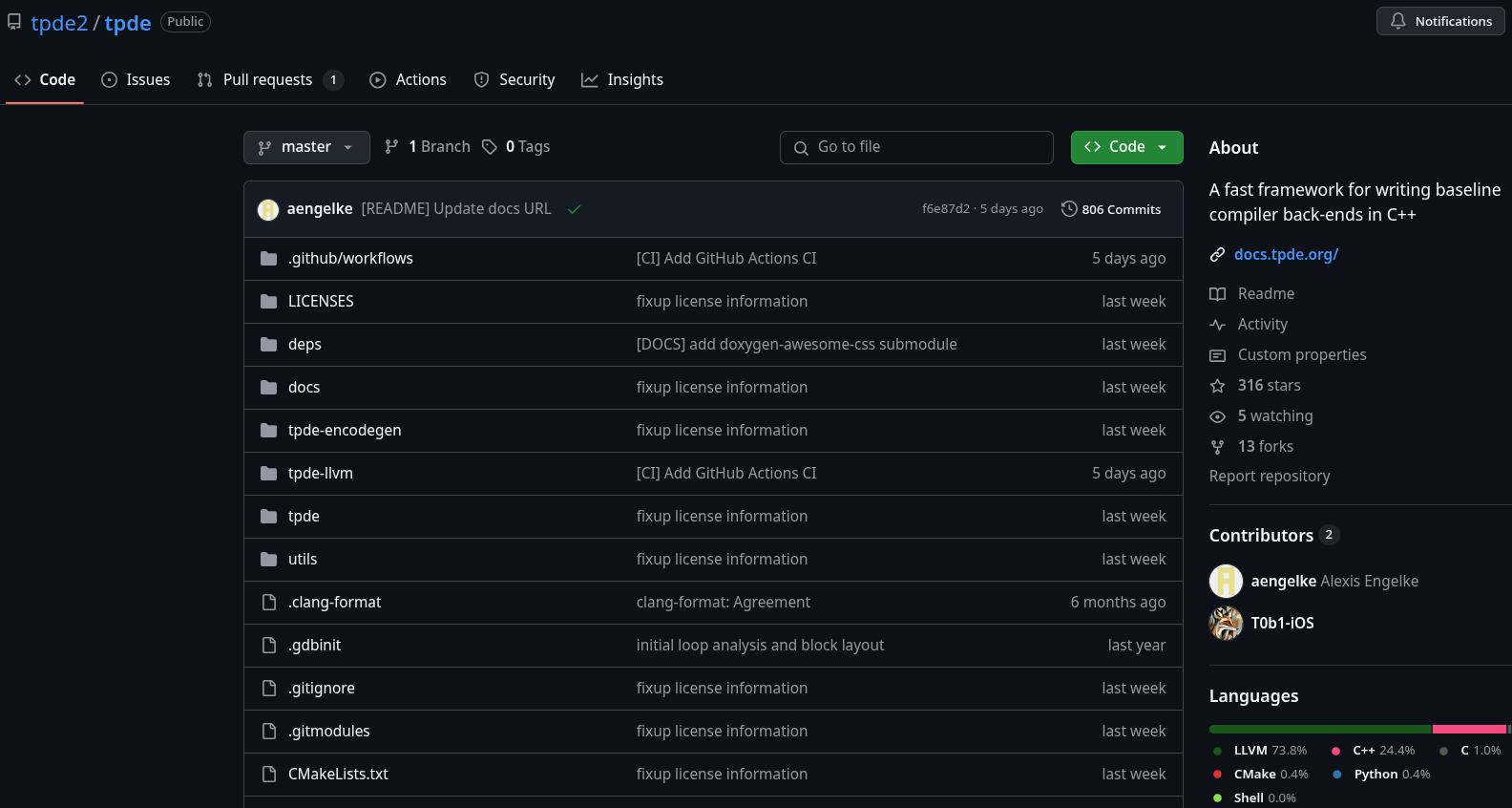
Langfuse, a monitoring and analytics platform for applications powered by Large Language Models (LLMs), recently announced that it is making all features from its "Pro" offering open source.
The move is meant to provide developers and organizations with greater flexibility in how they track, troubleshoot, and optimize their AI-powered solutions.
Let's take a closer look at what this means.
Langfuse Open Sources Core Product
 Source: Langfuse
Source: Langfuse
On June 4, 2025, Langfuse announced the open sourcing of its core product via its official blog. The source code is available on GitHub under the MIT License, with the exception of some enterprise features that remain proprietary.
Basically, the open source version includes all the main features that were once available in their paid version, such as LLM-as-a-judge evaluations, annotation queues, prompt experiments, and the Playground.
Langfuse stated that their decision to open source the core product aims to promote transparency and encourage community participation in development. They expect that making the software open source will accelerate advancements in LLM observability and make these tools accessible to developers regardless of budget. In their own words:
We are constantly shipping to be the technology of choice for our community. This requires trust, feedback and buy-in from our community.We re-visited the gated features in our Enterprise Edition. If we want to be the first choice in the market, we need to allow our community to cover the entire dev cycle in our FOSS version. Features like LLM-as-a-Judge, Evals, or our Playground are market standard at this point and should be freely available. But why stop there?
The best platform for developers has to be open at its core. By removing commercial barriers from our product features, we’re fostering deeper trust, collaborating on contributions, accelerating adoption, gathering richer community feedback, and iterating faster than ever.
With the platform now open source, developers can expect faster updates, community-driven improvements, and the flexibility to customize the platform to their specific needs. Organizations can also self-host Langfuse, maintaining full control over their data and privacy.
For those interested in exploring Langfuse, the GitHub repository and official documentation provide the necessary resources to get started.
Suggested Read 📖
From It's FOSS News via this RSS feed


 Source: Elecrow
Source: Elecrow



 Source: Jeff Geerling
Source: Jeff Geerling



 TPDE's GitHub repository.
TPDE's GitHub repository.





 The Tablet Mode looks nice.
The Tablet Mode looks nice.


